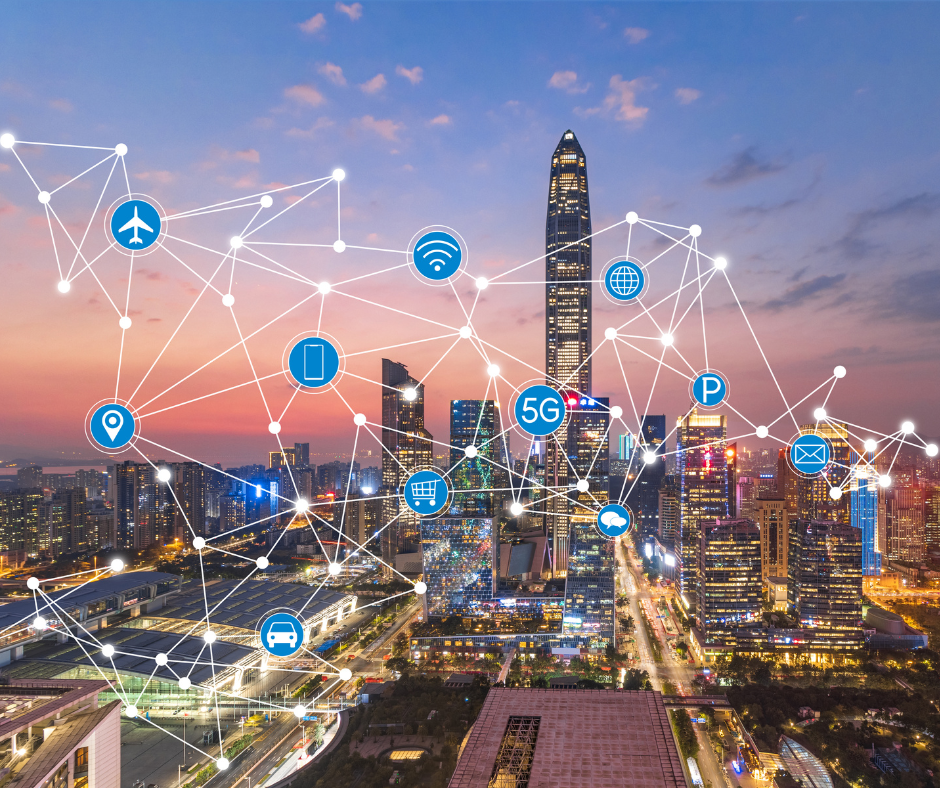
More than half of the world’s population now lives in cities, and a United Nations study projects that proportion will increase to more than two-thirds — representing more than 6 billion people — by 2050. This continued concentration of people explains the urgency of smart city initiatives that leverage technology to create new efficiencies and improve the quality of life in urban areas. Leaning into smart technologies can create more efficient and livable cities.
The U.S. infrastructure bill passed in November addresses the movement. The legislation makes more than $500 million in grants available to cities looking to implement smart technologies.
These technologies can include anything from intelligent mass transit systems and autonomous vehicles to smart streetlights and security systems. Legislators said they are particularly interested in promoting technologies for reducing traffic, lowering pollution, enhancing safety, reducing waste, and improving access to jobs and healthcare.
Smart City Movement
The smart city movement is closely linked to the continued development of the Internet of Things (IoT). Billions of IoT devices worldwide are connected to the Internet. They collect and share data via Wi-Fi, Bluetooth, LTE and other communication protocols. Smart devices such as lights, meters and cameras with embedded IoT sensors collect and analyze all sorts of usage data. They then share that data with other devices throughout the smart city network.
This interconnectivity lays the groundwork for a range of highly automated capabilities. Smart lighting technologies provide a good example. In addition to boosting energy efficiency and reducing costs, these systems share data that can help cities monitor everything from traffic patterns to air quality.
In smart lighting systems, LED lights include an integrated IoT sensor that connects to the data network. At a basic level, this would allow a city to automate street light schedules to improve energy efficiency. However, when linked with cloud-based analytics platform, data from those lights can be used to monitor traffic, parking, pedestrian crossings and even environmental factors and weather conditions. Streetlights with video cameras can also aid police, fire and healthcare professionals during emergencies.
Creating Efficiencies with Aruba
Smart technologies provide a plethora of benefits. To take advantage, cities must have the right IT infrastructure. This includes one that enables the tight integration of data collection and analysis technologies with information and communication technologies (ICTs). HPE Aruba’s portfolio of networking and wireless solutions supports such an environment.
Aruba’s Edge Services Platform (ESP) unifies IoT with IT and operational technology (OT) networks. Additionally, it provides cloud-managed orchestration across wired and wireless networks. Aruba says it is the first fully programmable platform with the ability to generate contextual information about device identity, location, security posture and applications in use. This essentially creates a “hyper aware” environment in which systems can automatically recognize and respond to changing operating conditions.
The expanded use of smart technologies allows cities to operate more efficiently and improve the quality of life for their residents. Are you responsible for your city’s next technology steps? Do you want to help your city get a leg up? Call PKA today at 800.486.6461 or contact us to learn more.






